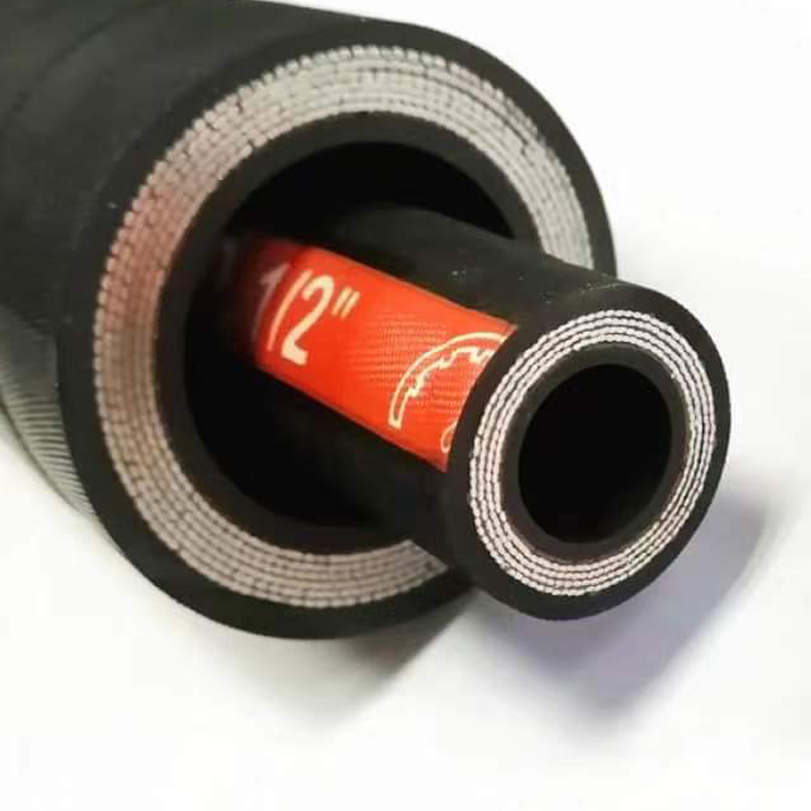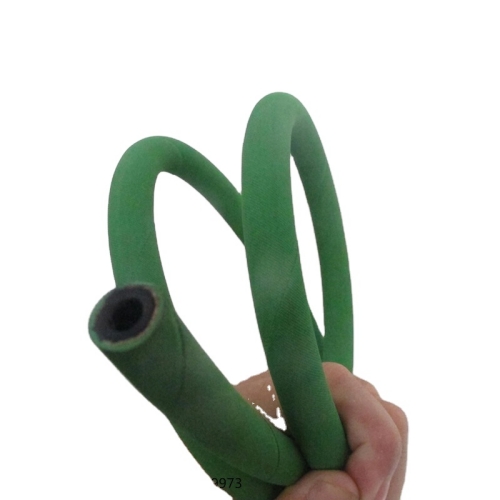1 月 . 06, 2025 11:23 Back to list
high pressure hose
High pressure hoses are essential components in a wide array of industries, offering solutions that encompass everything from automotive services to industrial cleaning. The demand for high-quality, reliable high pressure hoses is ever-growing, highlighting the importance of understanding their functionality, applications, and maintenance.

With decades of experience in fluid transfer solutions, I can assure you that choosing the right high pressure hose can dramatically affect performance, safety, and costs. Quality hoses are designed to withstand extreme conditions, ensuring efficiency and reducing risks in high-stakes environments. The primary materials used in manufacturing these hoses are usually reinforced rubber, thermoplastics, and PTFE, each offering unique benefits. For instance, reinforced rubber is highly flexible and abrasion-resistant, thermoplastics are lightweight and weather-resistant, while PTFE excels in chemical resistance.
High pressure hoses are versatile across various sectors such as agriculture, construction, marine, and manufacturing. In agriculture, they are used in sprayers for pesticides, delivering crucial chemicals across vast fields efficiently. In construction, they are indispensable for powering tools and machinery, withstanding the rigors of harsh environments and high operating pressures. In marine industries, these hoses are crucial for maintaining hydraulic systems and transferring fuel, thanks to their durability in saline and humid conditions. Manufacturing industries use high pressure hoses for transferring fluids and gases under pressure, ensuring seamless production processes.

A hallmark of a reputable high pressure hose provider lies in its adherence to stringent safety standards and certifications. International standards such as SAE and ISO dictate the manufacturing, testing, and use of these hoses, ensuring that products meet global benchmarks for safety and efficiency. Regular audits and inspections by third-party bodies further cement trust, reflecting a commitment to quality and reliability.
high pressure hose
An experience-based understanding of these hoses emphasizes the importance of routine maintenance and proper handling. It is recommended to inspect hoses regularly for wear and tear, ensuring connections and fittings are secure, and that no leaks or abrasions are present. Neglecting maintenance can result in operational failures or safety hazards, potentially leading to costly downtime or accidents. Replacing hoses that show signs of aging or damage is a proactive measure that enhances both safety and performance.
When delving into the expertise within high pressure hoses, it is crucial to consider factors such as pressure ratings, diameter, length, and compatibility with specific chemicals. Consulting with industry experts or hose manufacturers can provide insights tailored to specific needs, assuring that the chosen hose meets the operational demands and environmental conditions it will face.
Optimization of hose longevity and performance also extends to proper storage. Protecting hoses from direct sunlight, extreme temperatures, and sharp impacts can significantly prolong their life. Ideally, hoses should be stored in a cool, dry place on hose reels or in coils, making them less susceptible to environmental damage.
In conclusion, selecting and maintaining high pressure hoses require a blend of expertise, practical experience, and strict adherence to authoritative standards. These components are indispensable across numerous applications, providing the lifeline for effective and efficient operations. By prioritizing quality, safety, and necessary maintenance, businesses can ensure their high pressure hoses deliver optimal performance, backed by reliability and durability.
-
EN857 2SC Hydraulic Hose Suppliers OEM & China Manufacturers
NewsMay.30,2025
-
51mm Hydraulic Hose Manufacturer China OEM Durable & Custom Solutions
NewsMay.30,2025
-
OEM Rubber Air Hose Supplier Durable Custom Solutions
NewsMay.29,2025
-
High-Pressure Wrapped Cover Steel Wire Spiral Hydraulic Hose Supplier
NewsMay.29,2025
-
Rubber water suction and discharge hose
NewsMar.07,2025
-
SAE 100 R6/EN 854 R6 Fibre Braided Oil Hose
NewsMar.07,2025



